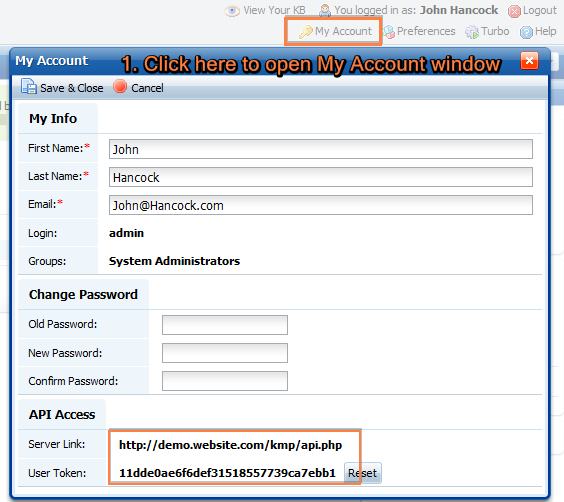

InĪddition, XML-RPC published methods can return Deferred instances whose results are one of the above. Instances (all of these are the same as the respective classes in xmlrpclib.

They can also raise exceptions or return Failure instances to indicate anĮrror has occurred, or Binary, Boolean or DateTime Types, such as strings, lists and so on (just return a regular python Methods published via XML-RPC can return all the basic XML-RPC The result is what will be returned to the clients. The methods’Īrguments determine what arguments it will accept from XML-RPC clients. You then create methods beginning with xmlrpc_. The first implementation of XML-RPC was in Frontier, in April 1998.Making a server is very easy - all you need to do is inherit from. The original site, dating back to 1998, is preserved. Test your implementation on the XML-RPC Validator page. Read Eric Kidd's fantastic XML-RPC HowTo. I started a page at with links to new stuff related to this work. If you have success, or find problems, please post a note in the issues section here. But only after enough testing to be confident that it makes a good reference server. The goal is to replace with the one running here.
#Xml rpc client parameters code
Demo code that calls the actual server is provided, in JavaScript. The calls it handles are exactly the ones handled by the userland version of the test server. The server is accessible through port 80. If you're running XML-RPC in your world, could you try testing against the server Not sure what the implications of this will be. This means that the XML and JSON versions are not exactly the same. There is no way for the toolkit to know they are binary data or dates. Two types, and are represented as strings. I haven't written a spec for the JSONified version, but I have created a cribsheet with examples that I used to guide the implementation. If it's a left curly brace, we treat it as JSON, not XML. When processing a request, we look at the first non-whitespace character. The XML-RPC standard specifies using XML, of course, but in this implementation, as an experiment, you can also use JSON. It's the one weird case for this calling convention, and is illustrated with the third call, above. If you want to call a procedure with a single param that's a list, send a list with a single element that's the list. If it's a list with N elements, the procedure is called with N params.

If it's a value, the XML-RPC procedure is called with a single parameter. The third param to the xmlRpcClient function is either a value or a list of values. If you open the JavaScript console, you'll see the actual XML-RPC cals, in XML, as they go over the wire. Xmlrpc.client (urlEndpoint, verb, params, format, function (err, data) ]Įxamples.getStateName, params = 900 (error) const xmlrpc = require ("davexmlrpc") Ĭonst params = //an array containing one element, the number 5Ĭonst format = "xml" //could also be "json" Here's code that makes a simple XML-RPC call in a Node.js app. Written by one of the designers of the protocol. Starting in 2019, there's a new implementation of XML-RPC in JavaScript. XML-RPC is designed to be as simple as possible, while allowing complex data structures to be transmitted, processed and returned. It's remote procedure calling using HTTP as the transport and XML as the encoding.
#Xml rpc client parameters software
It's a spec and a set of implementations that allow software running on disparate operating systems, running in different environments to make procedure calls over the Internet.


 0 kommentar(er)
0 kommentar(er)
